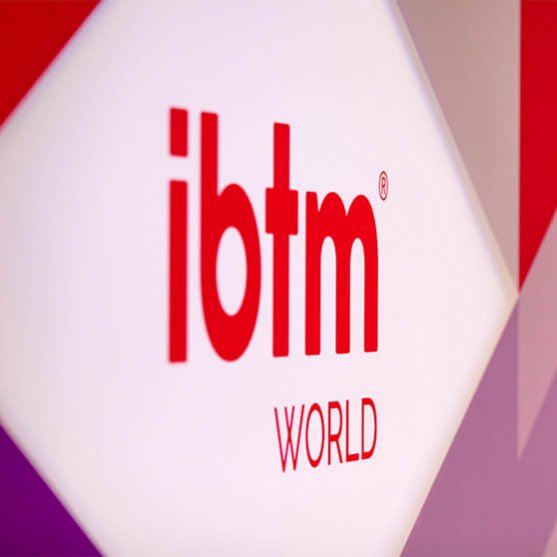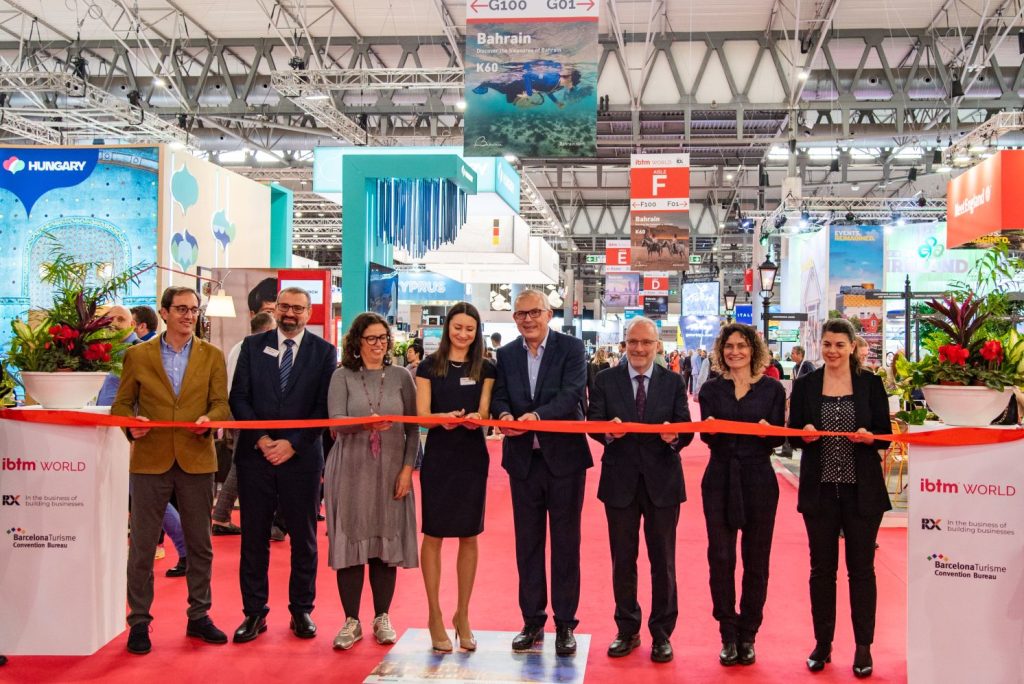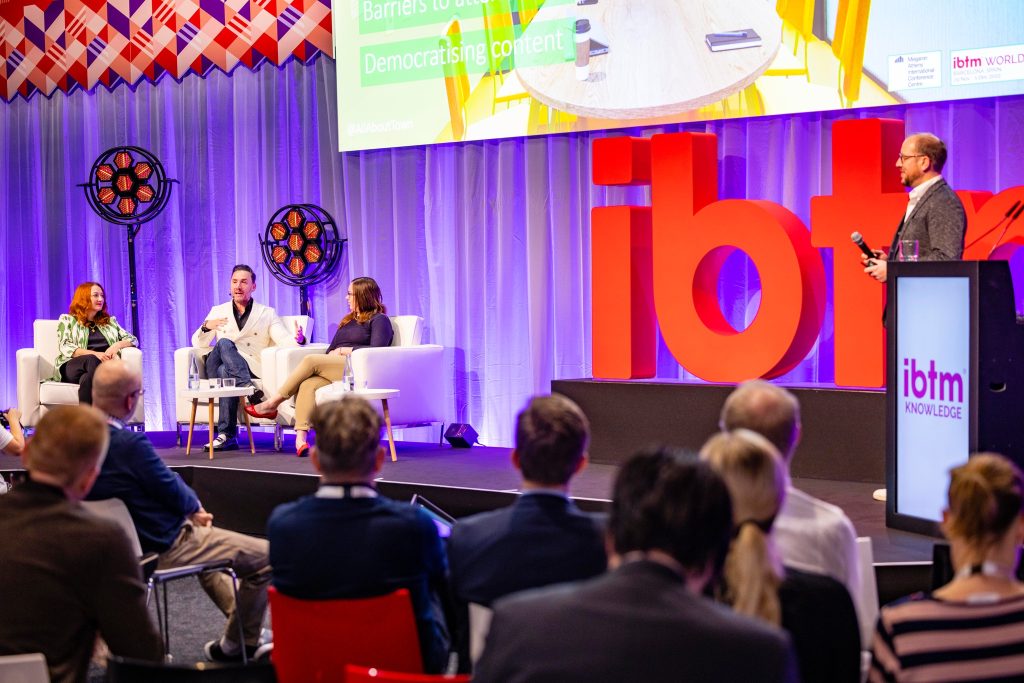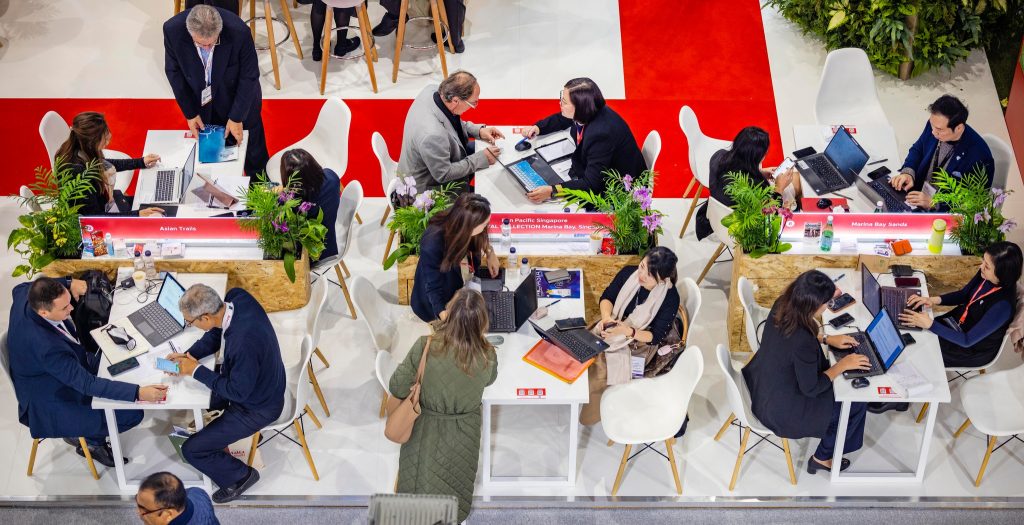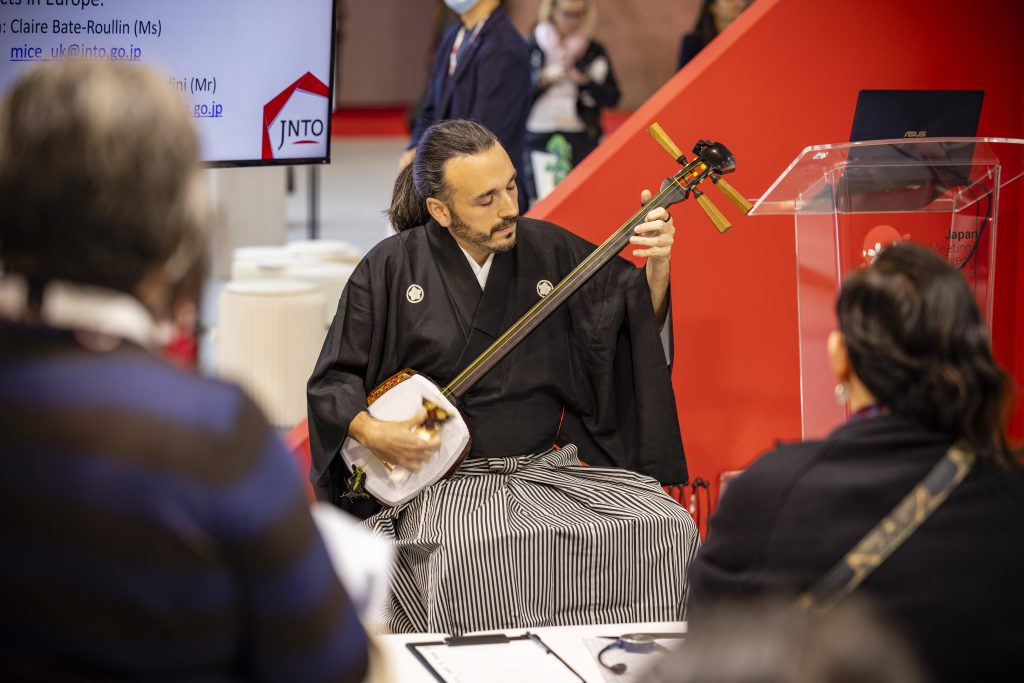How the giant AV show ISE became a reference, and why it comes to Barcelona
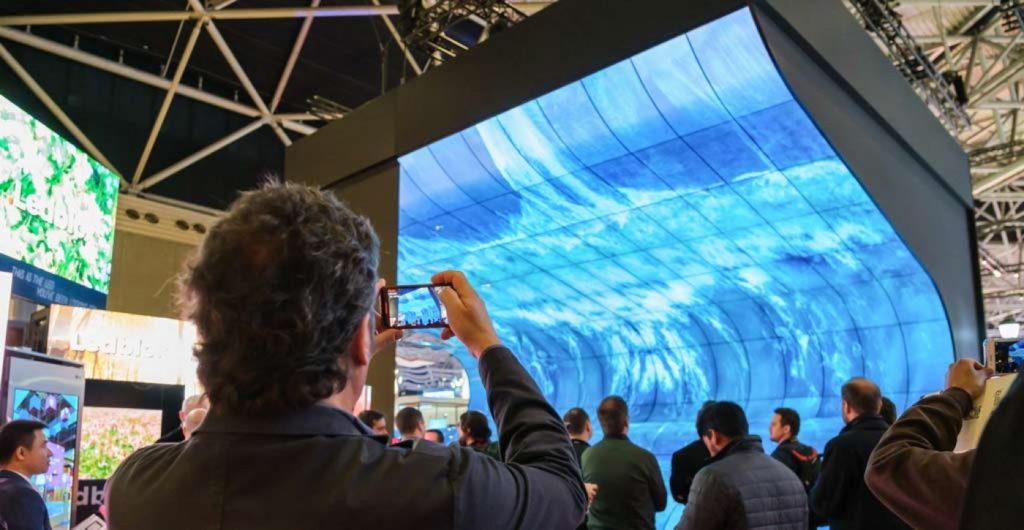
Share news
Listen
A bit of history? We started in 2004 in Geneva, with 120 exhibitors, 2,500 attendees, and 3,000m2 of exhibition space. In these 16 years, we have grown to 1,300 exhibitors, 56.000m2 of net space, and 81,000 attendees.
The secret to this growth? It is the fact that we don’t show mere products but rather solutions. Take digital signage, collaboration rooms, live events, or residential solutions: for all these segments, we focus on presenting solutions. For instance if we want to show retail, rather than showing POS terminals and products, we will aim to show how solutions improve retail, combining the latest technologies. Our coverage is audiences rather than technologies. Our exhibitors can be cable manufacturers, switch makers… but you see the complete solutions. When you talk to the end user, people don’t care too much about the products, they want solutions.
How did you encourage this? It was spontaneous; our exhibitors came to the fact that when you look at a screen, the difference in the performance is not that big, so the way to sell the product is to show it as part of a solution. We just listened and built the exhibition around it.
A show is like a magazine: you have the editorial and the advertising. The advertising is biased (the exhibitors selling their products) and the editorial is neutral. As an organizer we have the obligation to provide the editorial, the neutral information which helps them know what they can build with these solutions. We work with the exhibitors to build this editorial which adds a lot of value to the show.
Examples? This year, LG showed curved screens, but instead of just showing them, they created a display to show how these screens could be integrated. Or Sony had a big LED videowall and created an aquarium, a case of very high definition thanks to which you could see the fish perfectly.
Also, projection mapping is big. We worked with artist Bart Kresa to create a premiere of his new statue. When you look at it, it looks like displays but is actually a projection on a statue, done with music to create that effect. We approached him to know how he wanted to show his work. We put it at the entrance and setup the audio and projection… We also had him do the keynote speech. It is a way to integrate equipment and creativity.
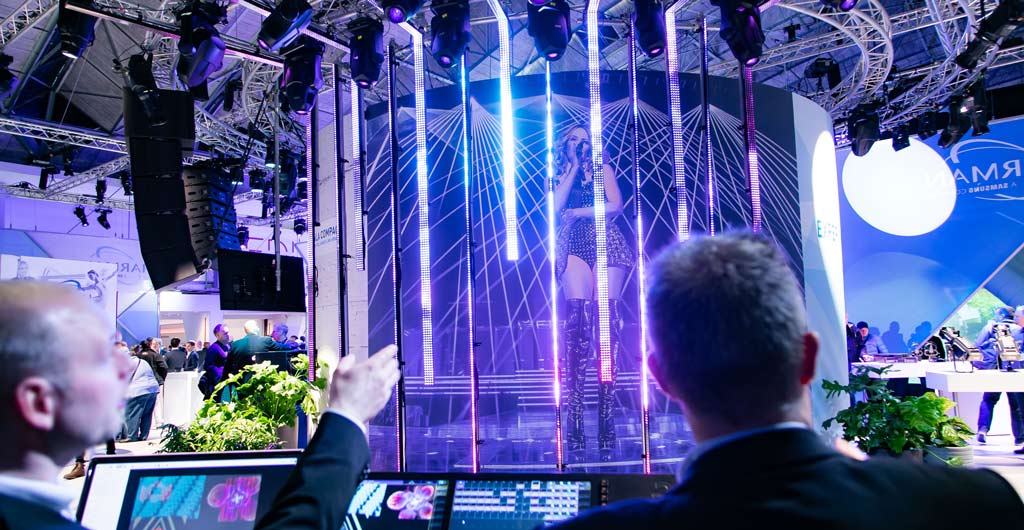
Is the future of a show like yours about increasingly connecting with lifestyle, arts, city life, etc.? Yes, we will do that. We are in discussion with the city to define what we can bring to the city. But beyond this, we see technology is everywhere and we need to understand how to creatively use it. We need to reach architects, interior designers, etc. Today, you go to a hotel reception and see a big screen; museums are increasingly using audiovisuals to entertain or inform visitors. In stores, Microsoft has a technology which measures you with a camera, and lets you see yourself wearing the suit you want. Tessla develops showrooms with a colourless car, and you select the options and colours and see the car with these options. Police and firemen monitor the city using many screens, in the ‘situation room’. So we are touching many different industries.
Is the show only B2B? It is and aims to stay that way. The B2C part will be mostly limited to happenings in the city, like a projection mapping event for the people of Barcelona. It is a good way for us to show what the show is about, but also a way to give something back to the city.
You belong to two industry associations, does that change your objective or perspective? It does. ISE was established as a joint venture of two trade associations – AVIXA and CEDIA. And this is a strength, as associations like ours have the community and can organize an event easily. Our mission is to create opportunities for our members, promote our industry and create a platform for it.
An example of how this changes your mindset? We have a programme called young AV professionals. Companies need talent and are happy to meet students. As an industry we have to show young people the opportunities we offer. So we have a couple of hundred students coming, they get a tour, education, etc.
Is the trade show business model evolving, beyond selling sqm? The question has been around for a while. We have a place where we bring buyers and sellers together, creating opportunities for them to meet. We inspire the visitors, even showing them things they can’t always afford. But what we sell is still around square meters.
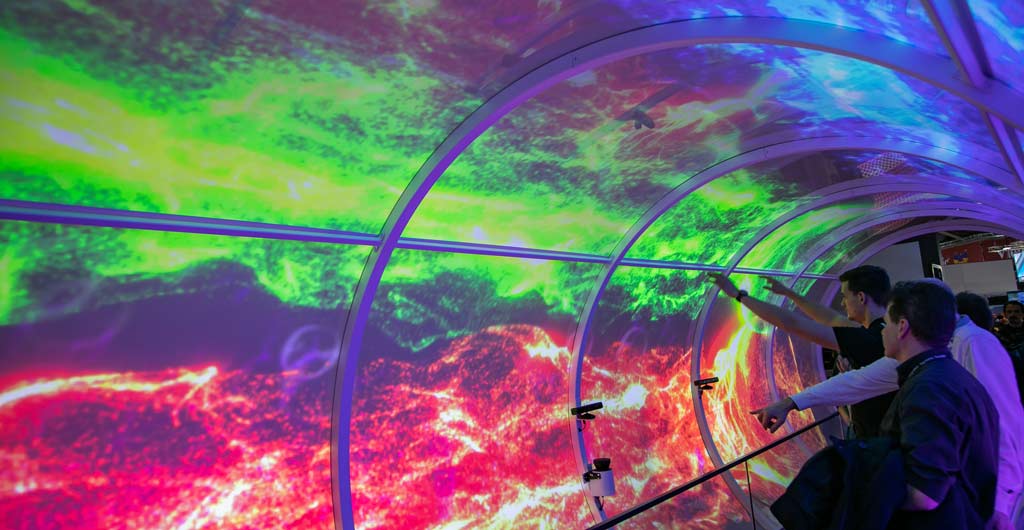
Content management will be a challenge tomorrow? Absolutely. Education belongs to content, features, the wow effect, and networking as well. That is the editorial of the show. We are even considering having one hall entirely dedicated to content.
Is your experience, and your education, increasingly segmented? Yes. We have C-level education, which is about thought-leadership; we have technical education where we teach how to do things; and we have customer education where you teach what they can do. We build up this around the exhibits to give it more value.
Is the difference clear between you and the MWC? We have a very good working relationship. The border is very clear: we will need the infrastructure they provide, on which audio-visual solutions will work. Some exhibitors go to both shows but it is generally different departments.
All shows would like to be a community throughout the year. Is this feasible? Many shows want to do it, sending newsletters and keeping their community involved and connected. It’s difficult, and we haven’t found the formula yet for everyone. But we don’t want to compete with our media partners, so we don’t want to manage too much content during the year. We have a magazine that only has one edition per year so as not to compete with our partners. We keep the website open with the exhibitor list until July, so people can come back after the show to find exhibitors, so we keep our website as an industry directory throughout the year.
Where are you taking ISE next? The priority is thought leadership. Being the place where the priorities of the industry for the future are decided. We are collaborating with other shows like the Smart Cities to improve this, to make time-starved CEOs to dedicate time to come to the show, because other C-level people are coming and discussions are highly relevant.
How international are you? We have attendees from 130 countries, and are getting more and more from the US, Asia, Australia, Middle East. Coming to Barcelona, we think the biggest growth will be from Latin America. When I see all the attendees we have from the US, I wonder why, after all we have a show in North America. And the answer is that the industry is moving so fast that they have to go to all shows and get the latest. Change is monthly!
Europe is still a great place to host worldwide shows? Absolutely. People want a nice personal experience and Europe is wonderful. In the last 20 years, Barcelona has evolved very well, not just being a fun city but offering a cultural experience. We did a survey before deciding to come to Barcelona, to know what exhibitors and attendees valued in a city. The criteria were the success of the show, the cost of coming to the city, local entertainment, and language. And on three of those, Barcelona ranked very very high. Even language has really improved compared to 10 years ago.
Why do you come to Barcelona? How was that process? We have outgrown Amsterdam. The challenge was to find somewhere bigger but which had the same or more charisma than Amsterdam… and the decision was quite easy to come to Barcelona. When people come to trade shows, they take professional time but also personal time so if you take them to a boring place, they may not come.
We were looking for a place (venue, accommodation and air connections) which could accommodate us, not just now but also follow our growth in the coming 5 to 10 years. That was the first criteria. We have signed a 3-year deal but hope to stay for longer.
What do you really expect from a venue? People do business with people, and the way Fira handled us personally was very good. Our relationship has grown over the last 10-12 years, they followed us but never pressed us; “when you are ready, this is what we can do”. When we were ready, we went through what the venue could do, then what the city could do; they introduced us to the housing agency (B-Network), the mayor, and facilitated the relationship with other public entities. We saw how the convention bureau was engaged in hosting us and making it easy for us, and that made the decision much easier.
Is hotel management a challenge? It is always, but the convention bureau blocked the rooms and together with B-Network, negotiated the prices, for the whole extent of our contract, not just the first year.
Legacy is an increasingly important topic in our industry… Will your arrival to Barcelona impact the city beyond room nights? We do bring a lot of value (hotels, taxis, restaurants, especially as this is low season for the city) but beyond logistics, we strive to involve emerging companies and foster investment. We decided to have a few places for startups – a way for us to feed our pipeline for the future as well as stimulate the industry. The Spanish and Catalonian governments help in this, to help local companies have a platform to grow thanks to ISE. By the way, several companies have already decided to set up shop in Barcelona, following our decision to bring the show here.


